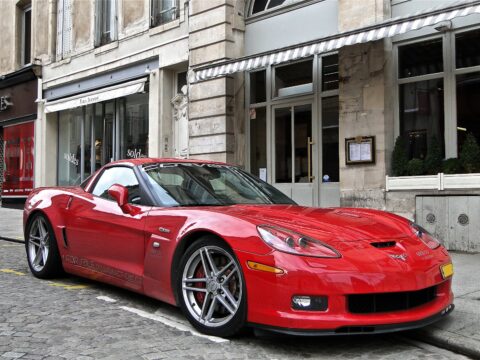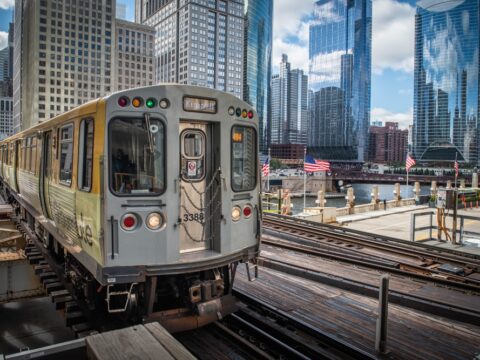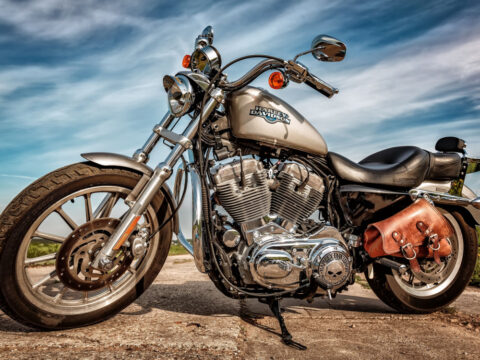When it comes to boating, efficiency is key to enjoying a smooth and cost-effective experience on the water. Whether you’re looking to reduce fuel consumption or enhance overall performance, making a few crucial updates can make all the difference. In this article, we’ll explore essential upgrades and maintenance tips that can help you get the most out of your boat. By optimizing your vessel’s efficiency, you’ll save money and extend your boating adventures.
Contents
Install a Fuel Flow Meter
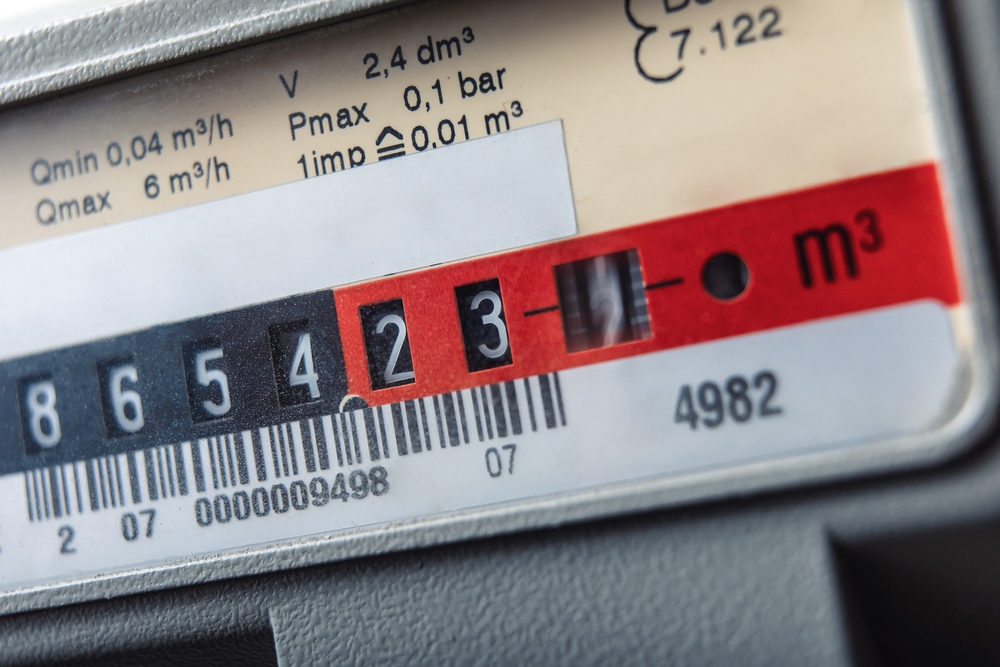
A fuel flow meter provides real-time data on fuel consumption, allowing you to adjust your speed and throttle for optimal efficiency. Installation involves connecting the meter to the fuel line, which typically requires basic plumbing skills. By monitoring your fuel usage, you can identify the most economical cruising speed, potentially saving up to 10-20% on fuel costs. It’s essential to calibrate the meter after installation for accurate readings.
Upgrade to a Four-Stroke Outboard Engine
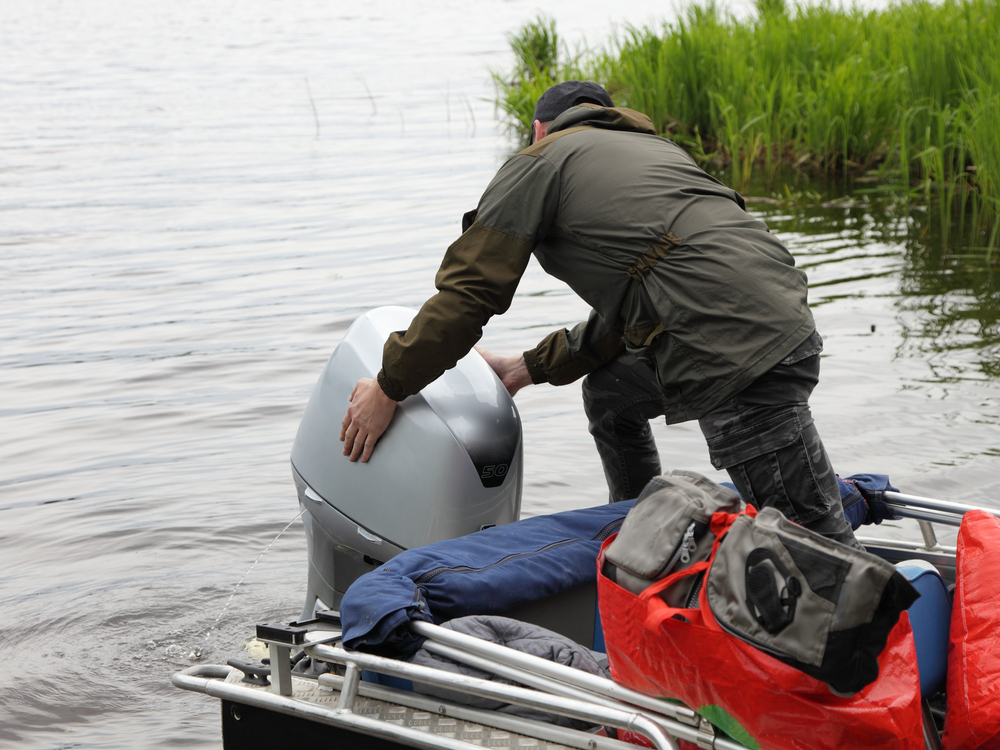
Four-stroke engines are more fuel-efficient and environmentally friendly compared to two-stroke engines. This upgrade involves replacing your existing engine with a compatible four-stroke model, which typically requires professional installation. The improved combustion process in four-stroke engines leads to better fuel efficiency and reduced emissions, often resulting in fuel savings of 30-50%. Ensure the engine is regularly serviced to maintain peak performance.
Install Trim Tabs
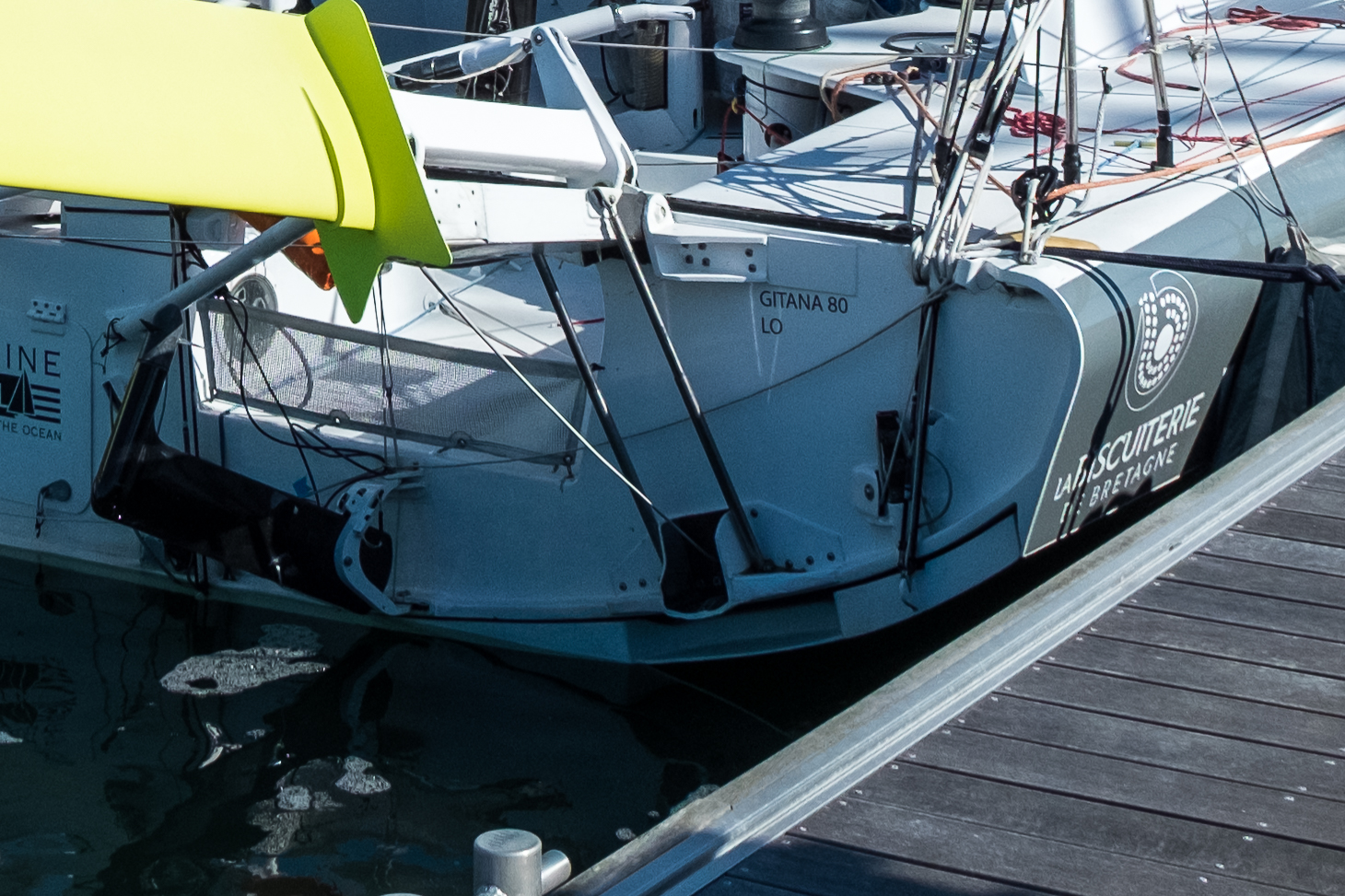
Trim tabs are adjustable surfaces installed on the boat’s transom that help control the vessel’s attitude in the water. Properly used, they can reduce drag and improve fuel efficiency. Installation requires drilling into the transom and connecting the tabs to a hydraulic or electric control system. By adjusting the trim tabs, you can achieve a smoother ride and better fuel economy, especially in choppy conditions.
Use a Propeller with the Correct Pitch
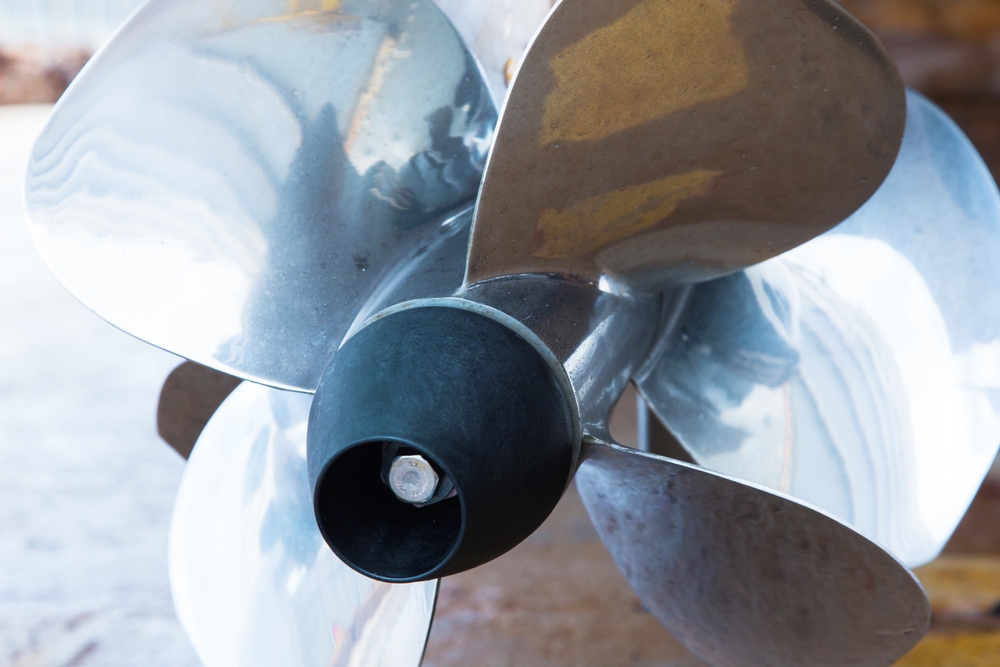
The pitch of your propeller affects how efficiently your boat moves through the water. Installing a propeller with the correct pitch for your boat and engine can significantly improve fuel efficiency. This update involves selecting a propeller with a pitch that matches your boat’s weight and intended use. A propeller with too low or too high a pitch can lead to increased fuel consumption, so it’s crucial to consult with a marine mechanic or propeller specialist.
Switch to a High-Efficiency Hull Coating
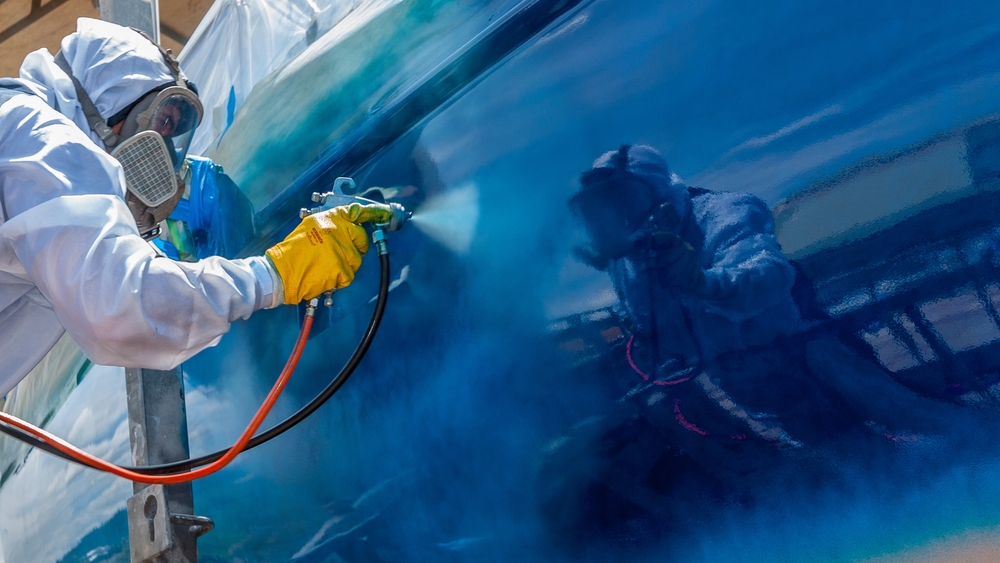
High-efficiency hull coatings, such as silicone-based or advanced antifouling paints, reduce drag by creating a smoother surface and preventing marine growth. Applying this coating involves thoroughly cleaning the hull, sanding it down, and then applying the new paint. This update can improve fuel efficiency by up to 5-10%, as less drag means less power is required to move the boat through the water.
Install a Fuel Management System
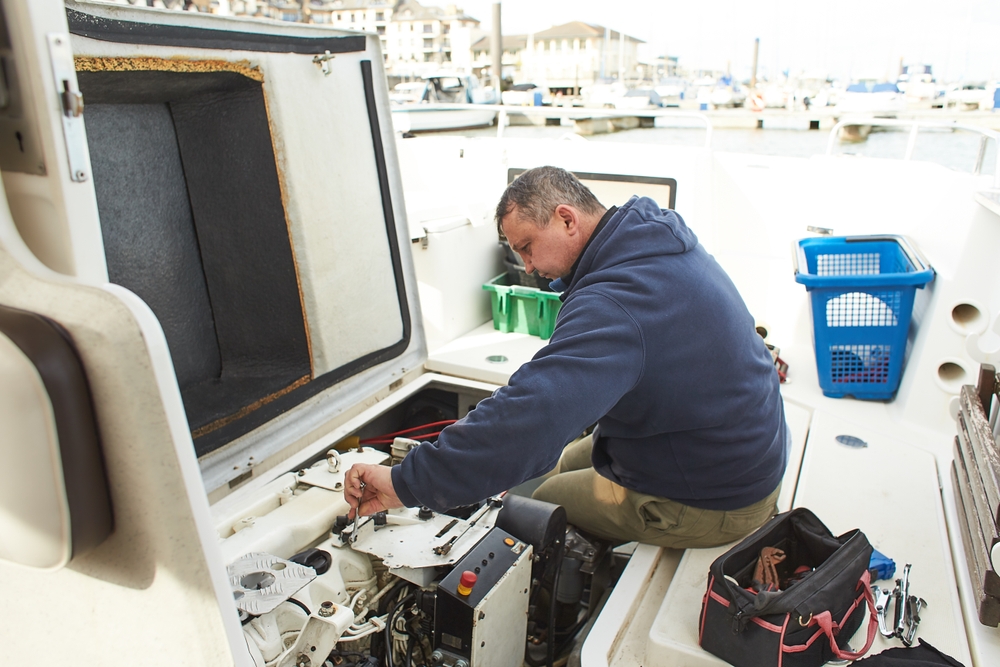
A fuel management system monitors fuel usage and engine performance, providing data to optimize cruising speeds and reduce consumption. Installation typically requires connecting sensors to the fuel line and engine, and linking them to a display unit. This system helps you make real-time adjustments, potentially improving fuel efficiency by 10-20%. Regular monitoring and tweaking based on data can yield long-term fuel savings.
Upgrade to LED Lighting
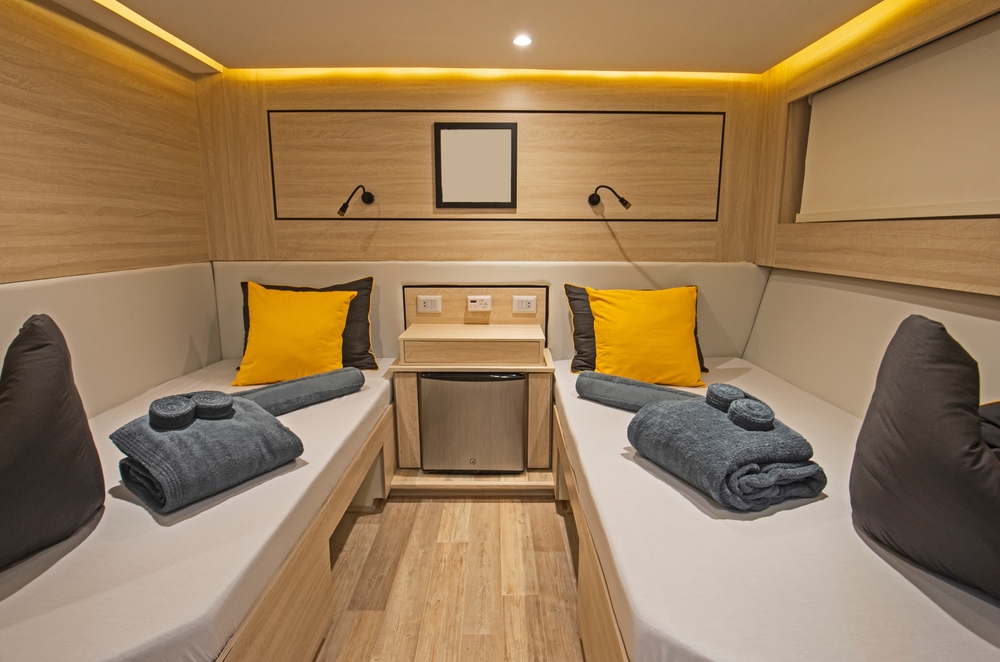
Replacing traditional incandescent or halogen lights with LED lighting reduces power consumption, thus lessening the load on your boat’s electrical system and fuel usage. Installation is straightforward, involving swapping out existing bulbs for LED equivalents. LED lights use up to 80% less power and last significantly longer, making them a cost-effective and energy-efficient upgrade.
Install a Solar Charging System
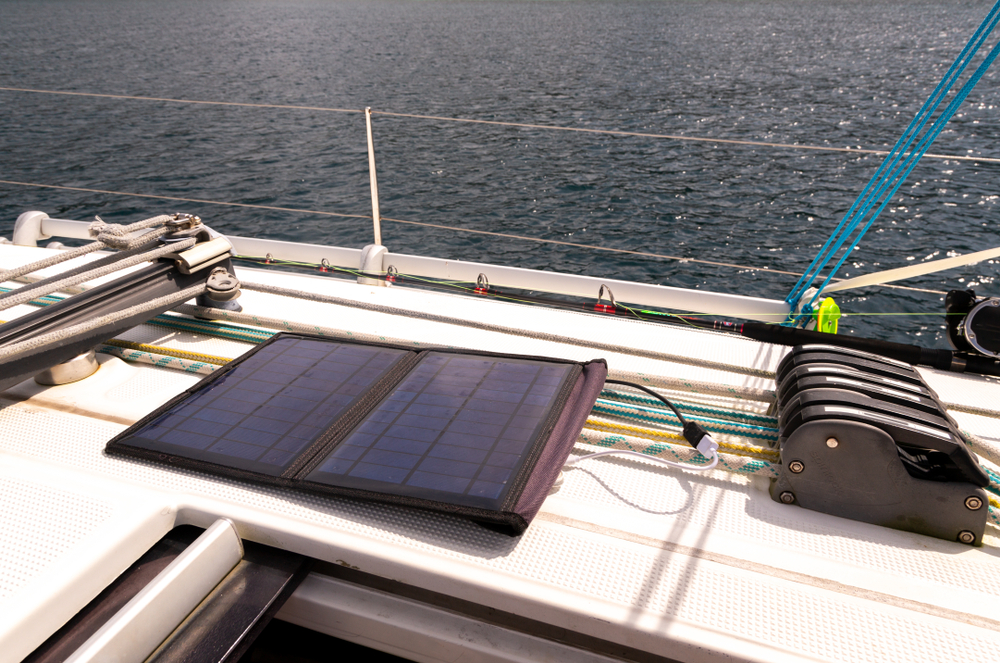
A solar charging system can reduce the reliance on the boat’s engine or generator for electrical power, improving overall efficiency. Installing solar panels involves mounting them on the deck or cabin roof, connecting them to a charge controller, and integrating them into the boat’s electrical system. Solar panels can provide a renewable source of energy, reducing fuel consumption and extending the life of your batteries.
Use Synthetic Engine Oils
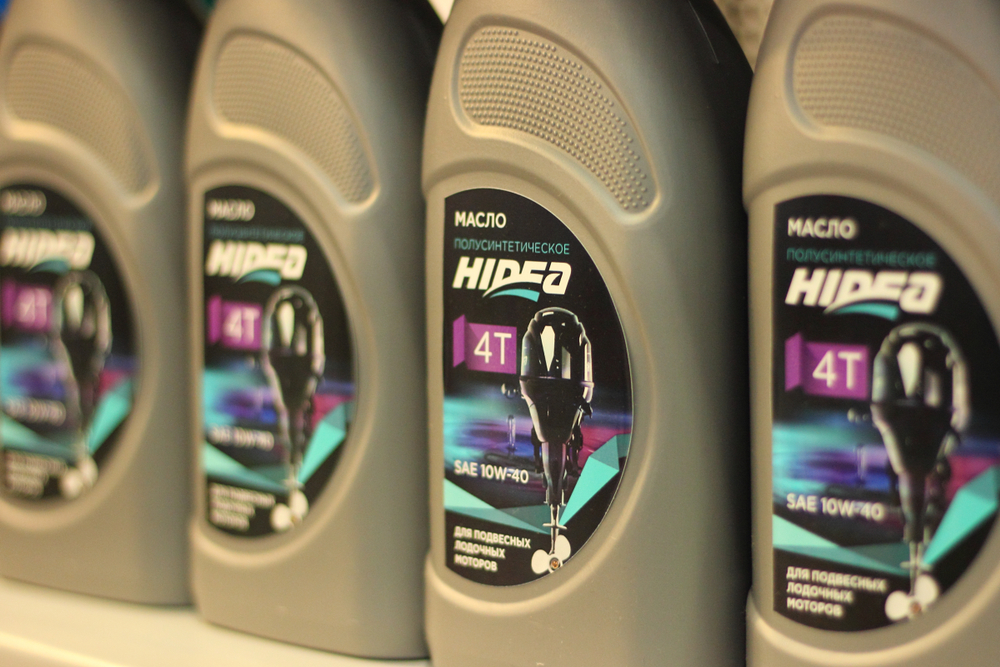
Synthetic engine oils reduce friction and improve engine efficiency, leading to better fuel economy. Switching to synthetic oil requires draining the existing oil and replacing it with a synthetic alternative, which can be done during a routine oil change. Synthetic oils also offer better protection and performance in extreme temperatures, helping to extend engine life and reduce maintenance costs.
Install an Automatic Engine Control System
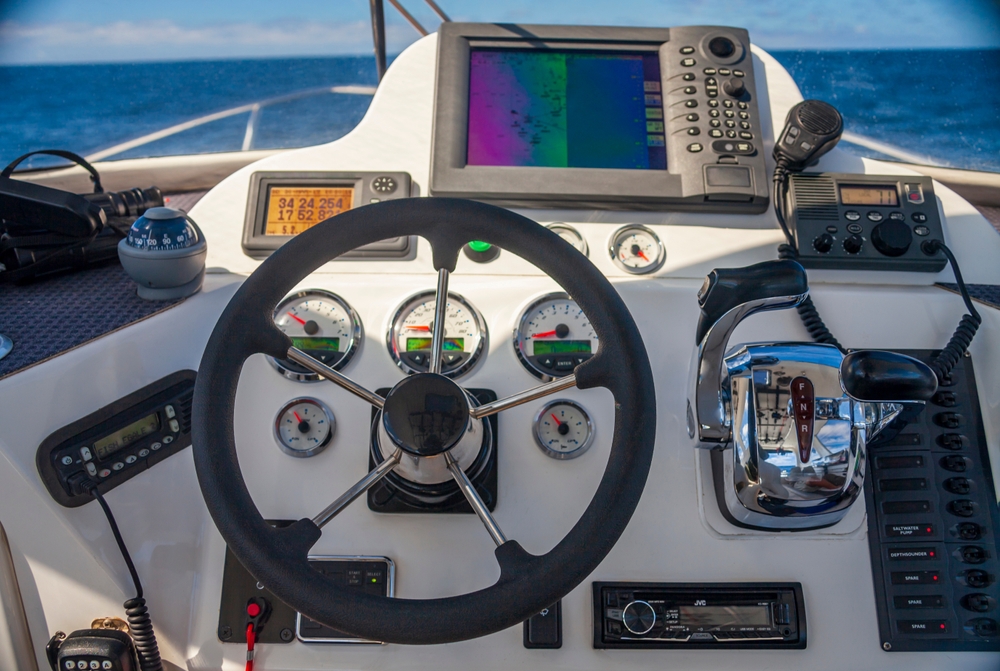
Automatic engine control systems optimize engine performance by adjusting parameters like throttle and fuel mixture based on real-time data. Installing this system involves integrating sensors and a control module with your boat’s engine. This update can lead to significant fuel savings by ensuring the engine operates at its most efficient settings, especially during long cruises.
Upgrade to a More Efficient HVAC System
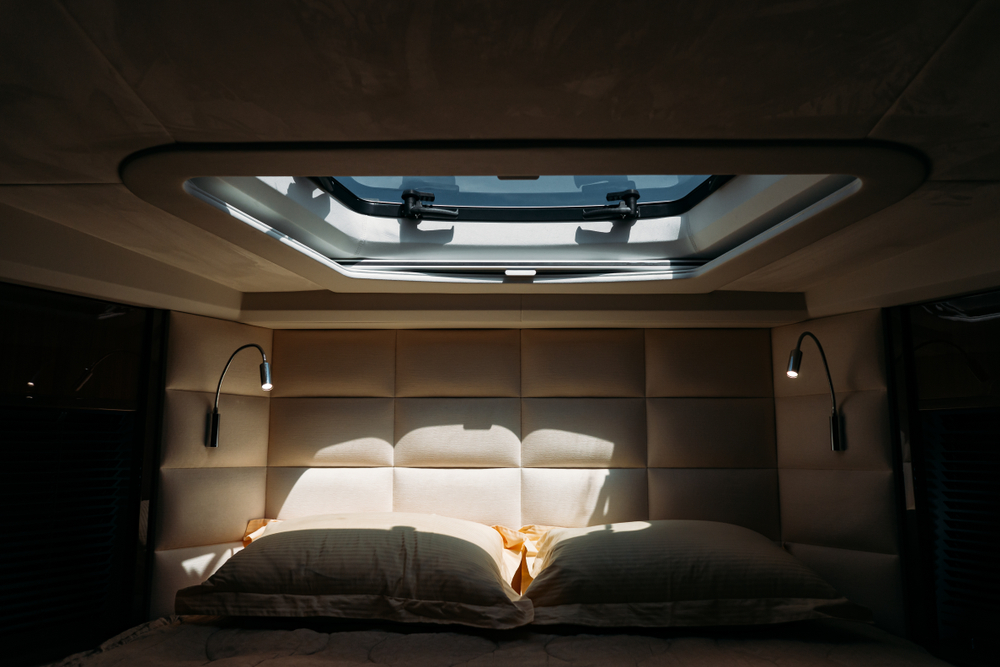
Heating, ventilation, and air conditioning (HVAC) systems can be major energy consumers on boats. Upgrading to a more efficient system involves replacing older units with newer models that use less power and operate more effectively. This upgrade can reduce fuel consumption, especially on larger vessels where HVAC systems are frequently in use. Regular maintenance and cleaning of the system will further enhance efficiency.
Add an Underwater Inspection System
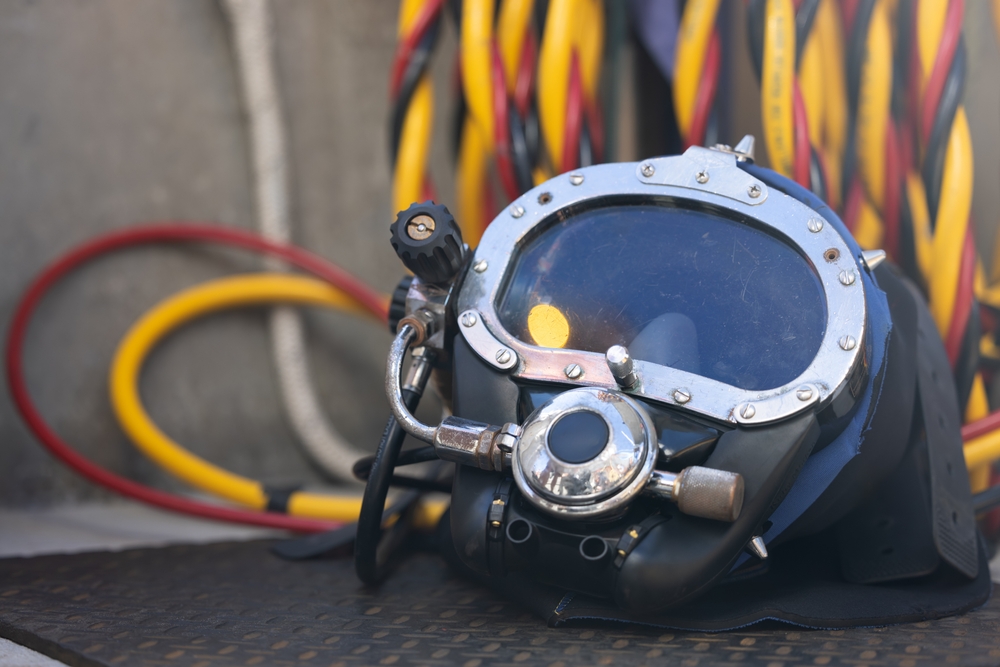
Regularly inspecting the hull and propellers for damage or marine growth can prevent efficiency losses. Installing an underwater inspection system, such as a small ROV (remotely operated vehicle) with a camera, allows for frequent checks without needing to haul the boat out of the water. Identifying and addressing issues like fouling or propeller damage early can maintain optimal fuel efficiency.
Use a Smart Battery Charger
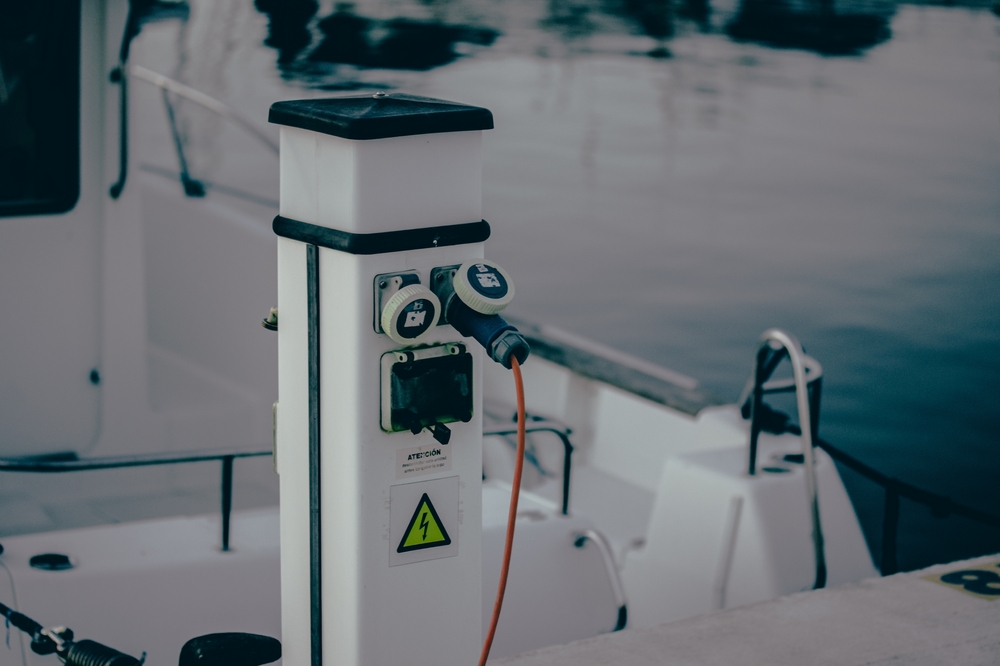
A smart battery charger optimizes the charging process, ensuring batteries are charged efficiently and extending their lifespan. Installation involves connecting the charger to your boat’s electrical system and batteries. This charger adjusts the charging rate based on the battery’s state of charge, reducing energy waste and improving overall electrical efficiency on the boat.
Install a Watermaker
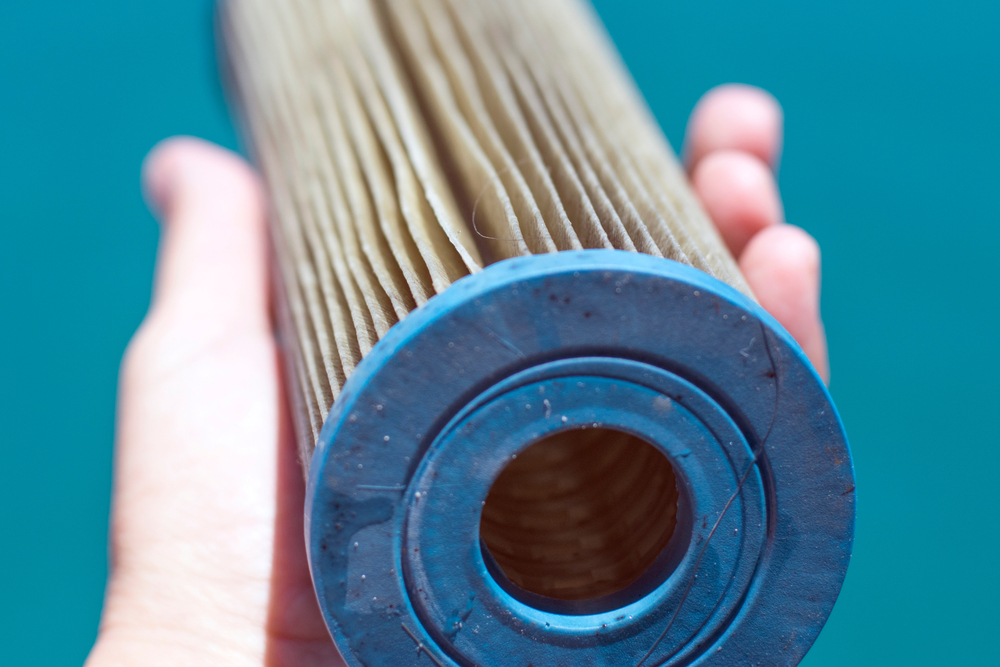
A watermaker converts seawater into fresh water, reducing the need to carry large quantities of fresh water and thus reducing weight. Installing a watermaker involves connecting the system to the boat’s water supply and power source. By reducing the boat’s weight, a watermaker can improve fuel efficiency, especially on long voyages where carrying enough fresh water can significantly increase fuel consumption.
Use High-Efficiency Marine Appliances
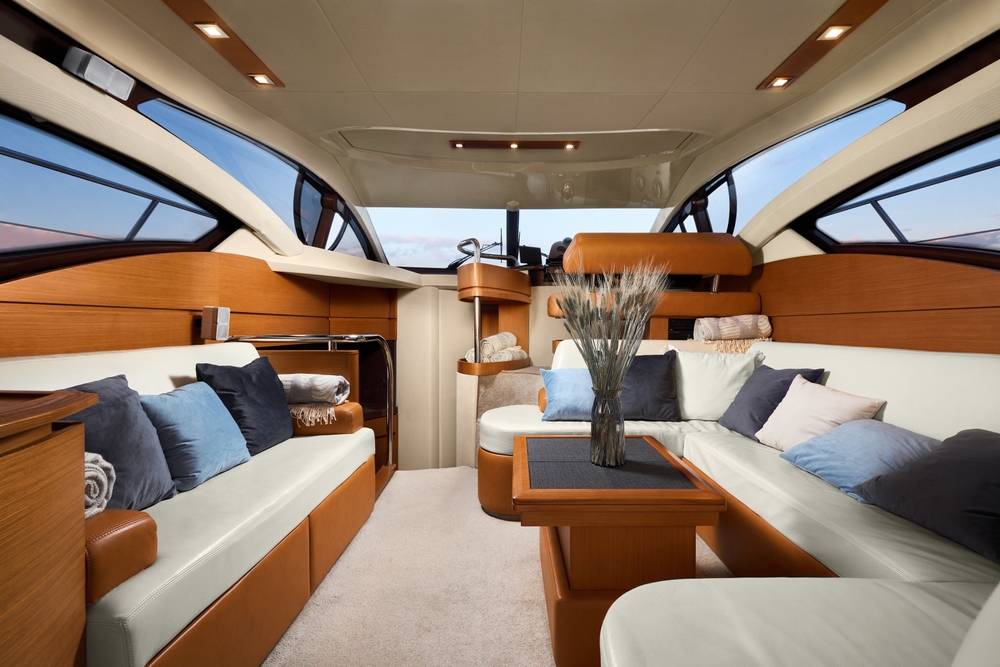
Upgrading to high-efficiency marine appliances, such as refrigerators, freezers, and stoves, reduces power consumption and fuel usage. This update involves replacing older, energy-hungry appliances with newer models designed specifically for marine use. High-efficiency appliances use less power, which reduces the load on the boat’s electrical system and can lead to fuel savings over time.
Install a Variable-Speed Water Pump
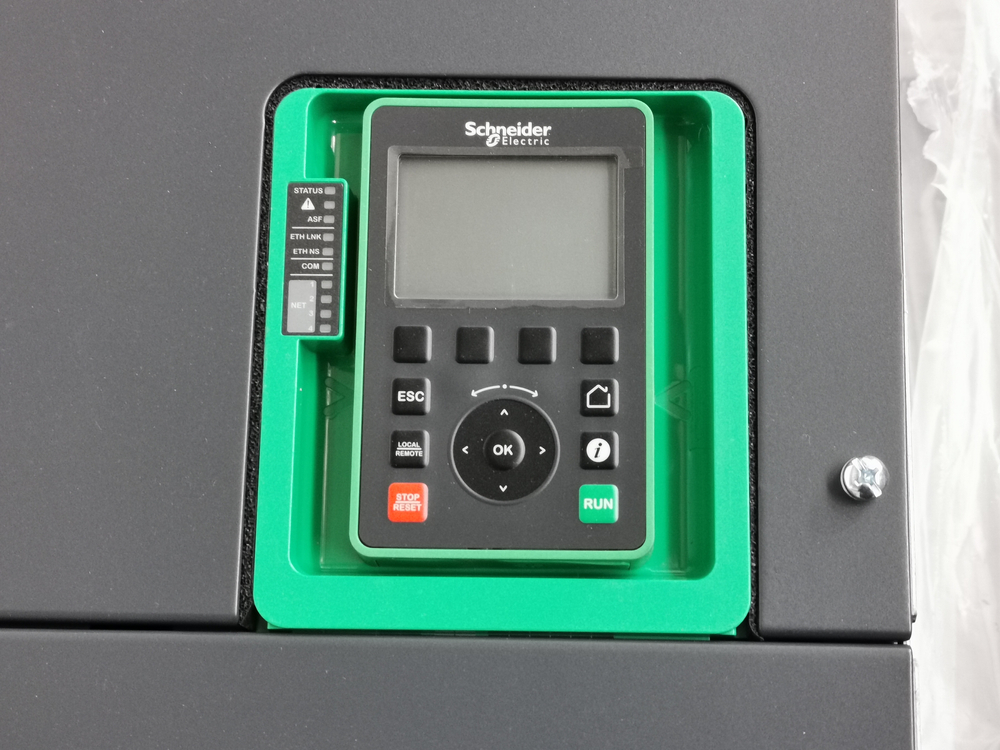
Variable-speed water pumps adjust their output based on demand, reducing energy consumption compared to traditional pumps that run at a constant speed. Installation requires replacing the existing pump with a variable-speed model and integrating it with your boat’s water system. This update can improve overall efficiency by using less power and reducing strain on the electrical system, leading to lower fuel consumption.
Upgrade to a Digital Throttle and Shift System
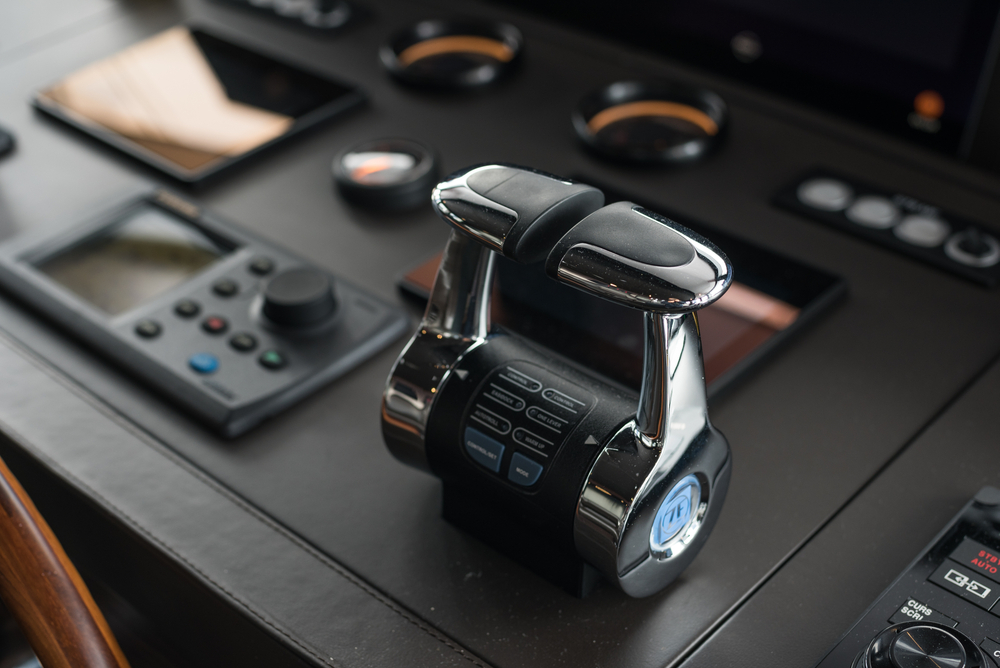
Digital throttle and shift (DTS) systems provide smoother and more precise control over engine power and gear shifting. This upgrade involves replacing mechanical controls with digital ones, requiring professional installation and calibration. DTS systems reduce fuel consumption by minimizing power loss during shifts and allowing for more precise control of the engine, especially in challenging conditions.
Install a Waste Heat Recovery System
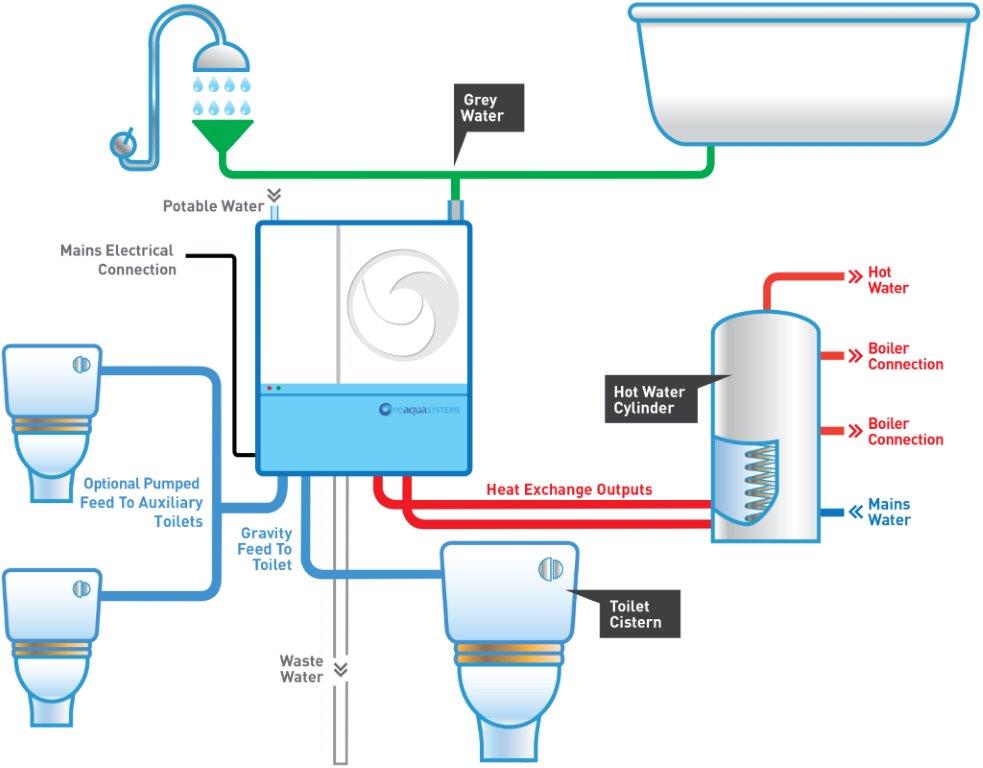
A waste heat recovery system captures heat generated by the engine and repurposes it for heating water or the cabin, reducing the need for additional fuel-consuming heating systems. Installing this system involves integrating heat exchangers with the engine’s cooling system. By utilizing waste heat, this update can improve overall fuel efficiency and reduce the load on the boat’s electrical system.
Add a Bimini Top or T-Top
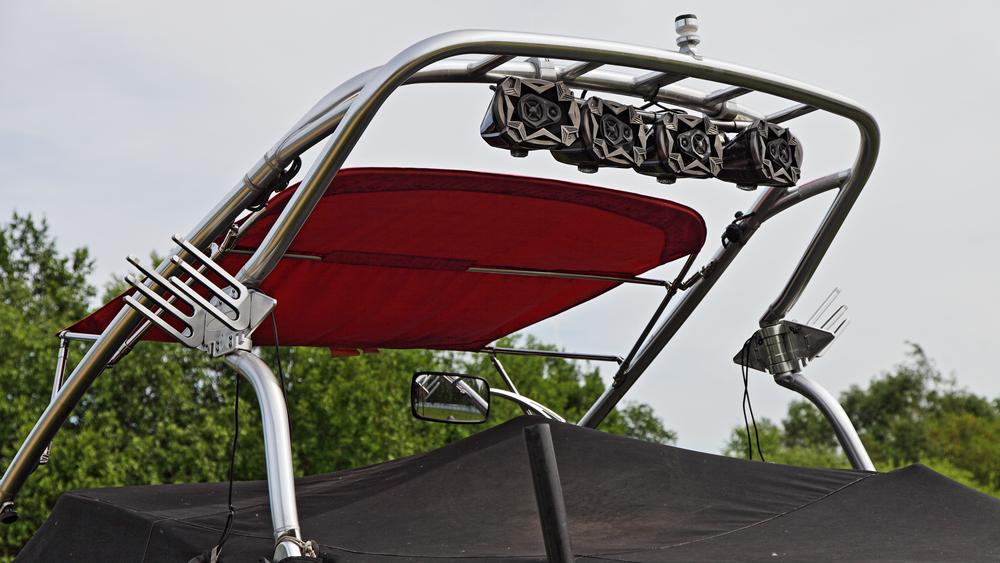
Installing a Bimini top or T-top provides shade, reducing the need for air conditioning and improving comfort on hot days. This update involves mounting the top on your boat’s deck or console, which can typically be done with basic tools. By reducing direct sun exposure, these tops can lower the cabin temperature and decrease the demand on the HVAC system, leading to fuel savings.
Use Low-Drag Anchors
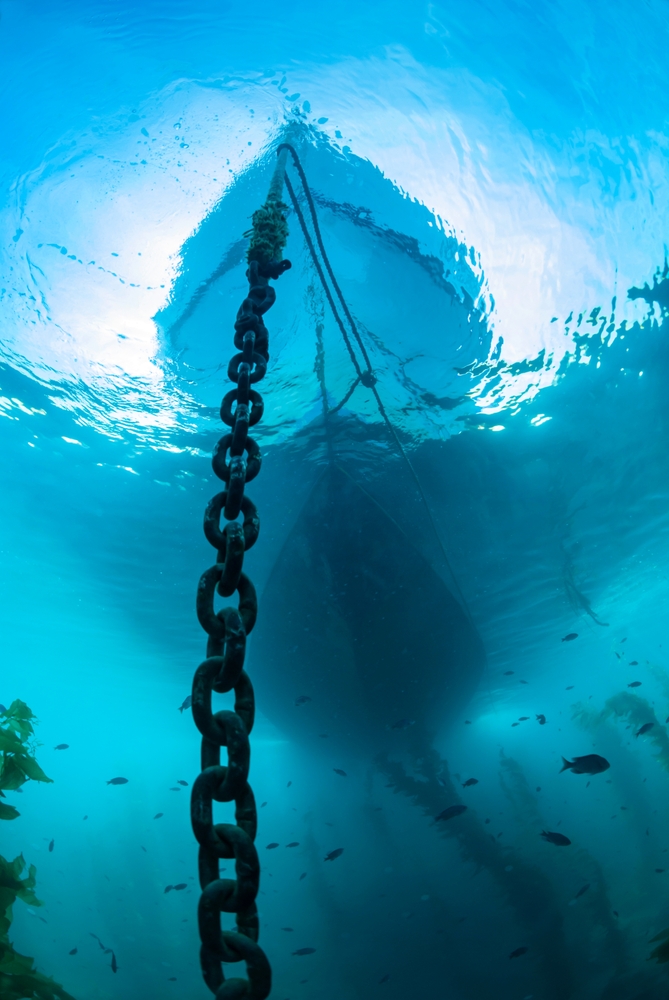
Low-drag anchors reduce resistance when deployed, making it easier to set and retrieve the anchor, which can save fuel when anchoring frequently. Upgrading to a low-drag anchor involves selecting a design that’s suited to your boat and the typical seabed conditions you encounter. By reducing the effort required to anchor and retrieve, this update can improve overall efficiency, especially on boats that anchor frequently during trips.
This article originally appeared on MyCarMakesNoise.
More from MyCarMakesNoise
17 Car Modifications That Can Actually Hurt Performance

Modifying your car can be exciting, but not all upgrades improve performance. In fact, some popular modifications can do more harm than good. Read More.
19 Underrated Sports Cars That Pack a Punch

When it comes to sports cars, big names like Ferrari and Porsche often steal the spotlight, but there’s a world of lesser-known gems that deliver just as much excitement. Read More.
20 Japanese SUVs Known for Their Off-Road Capabilities

If you’re looking for an SUV that can handle rugged terrain, Japanese automakers have a long history of producing reliable and capable off-road vehicles. From compact models to full-sized beasts, these SUVs are built to tackle challenging environments while still offering comfort and practicality. Read More.


